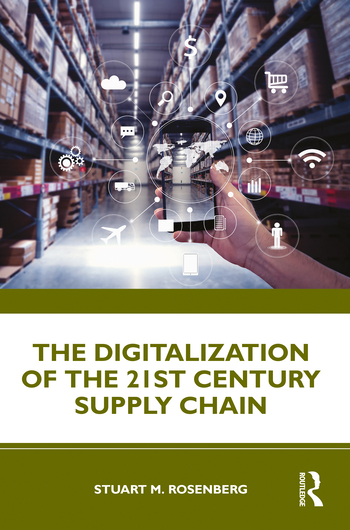The law’s most significant change moves the United States away from a “first to invent” system to the “first inventor to file” approach used by most other nations. The former awards a patent based on when an invention is conceived, not necessarily when an inventor files a patent for it. The latter awards a patent to the first person who files for it. In making the transition, Congress hoped to diminish costly court battles to determine who invented what and when.
Among other changes, the act allows third parties to submit information about patent applications and creates a new post-grant review process for patents.
Proponents believe the law will create jobs, bolster innovation, streamline the patent system, reduce litigation, and ensure U.S. competitiveness. If politics makes strange bedfellows, the act will need a large mattress, having garnered support from rivals Microsoft and Apple and the United Steelworkers and the U.S. Chamber of Commerce.
Critics claim the law favors large corporations over small entrepreneurs. In particular, they fear the first-to-file system will enable big companies to beat smaller ones to the punch while they scramble to test prototypes and obtain venture capital.
However, such fears may be overblown. Under the act, inventors can file a provisional application for an invention to secure first-to-file status with no risk of subsequent disputes.
For its part, the U.S. Patent and Trademark Office (USPTO) welcomes the law. David Kappos, director of the USPTO, says the law will give his agency “the tools it needs to effectively expedite application processing, drive down the backlog of unexamined patent applications, and issue higher-quality patents that are less likely to be subject to a court challenge.”
If the law lives up to that promise, it would be welcome news. Today, the USPTO takes, on average, 33.5 months to award a patent. The agency’s application backlog stands at 1.2 million, more than half of which have yet to be even read, much less processed. In a time when the typical consumer replaces his cell phone every 18 months, waiting three years to obtain a patent is unacceptable.
Although the law authorizes the USPTO to increase fees—substantially in some cases—the agency will be able to access more of the funds it raises. (Since 1990, Congress has diverted approximately $800 million in fees paid to the USPTO for the general treasury—no wonder there’s a backlog.)
“We intend to aggressively implement [the law] by immediately hiring new examiners, instituting new patent acceleration tools, and aggressively modernizing our IT infrastructure,” says Kappos.
That’s what we want to hear.




